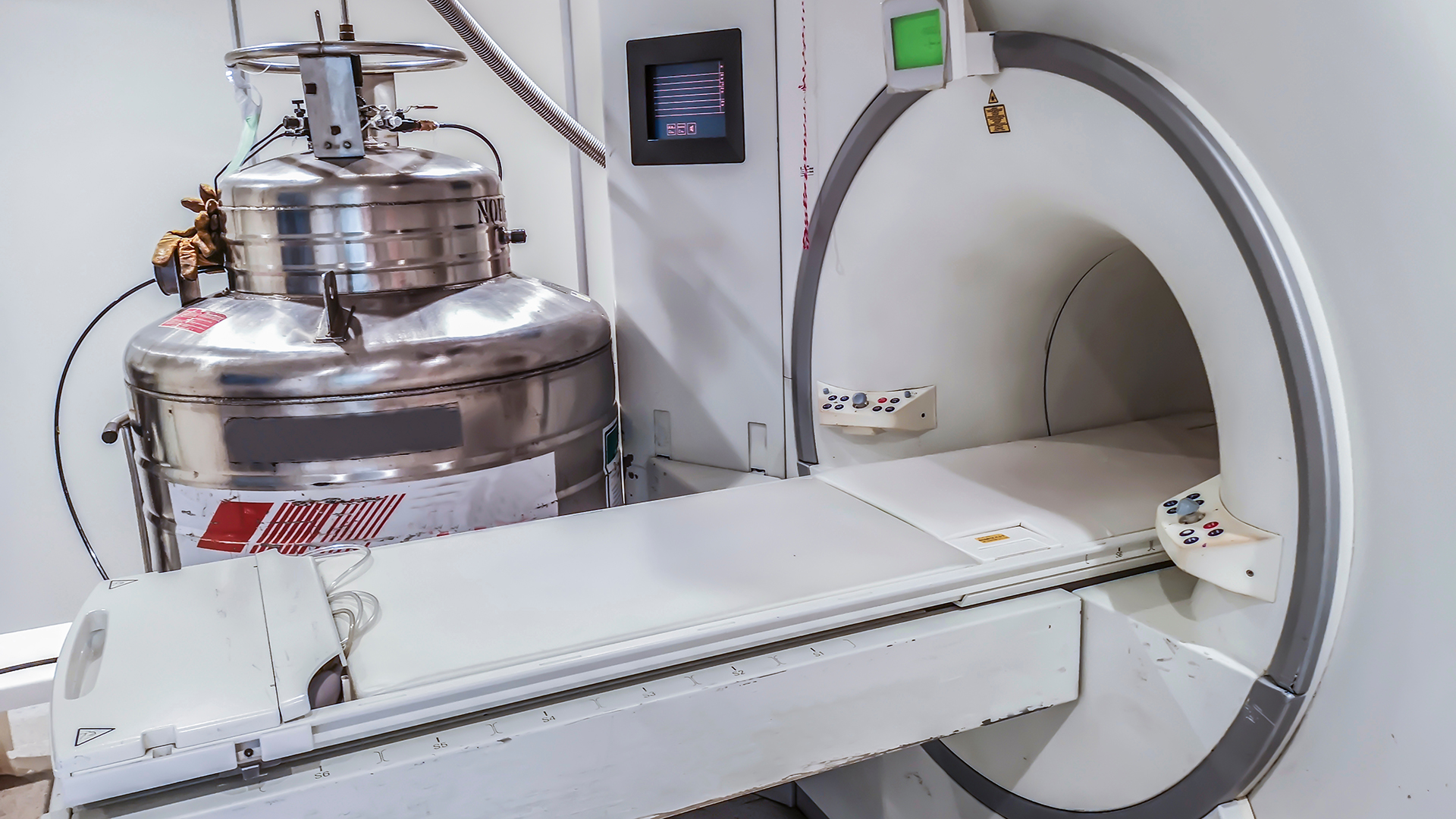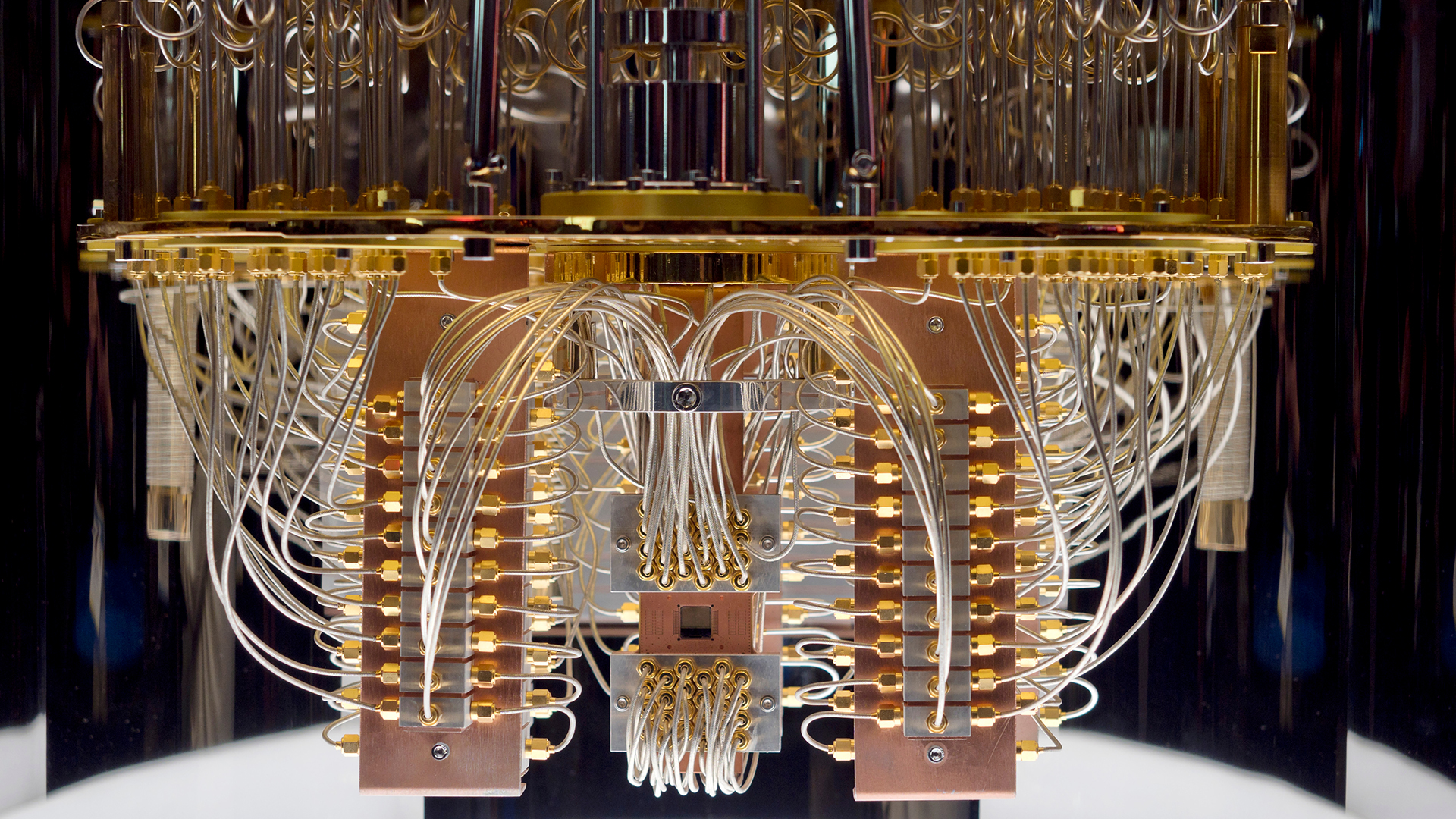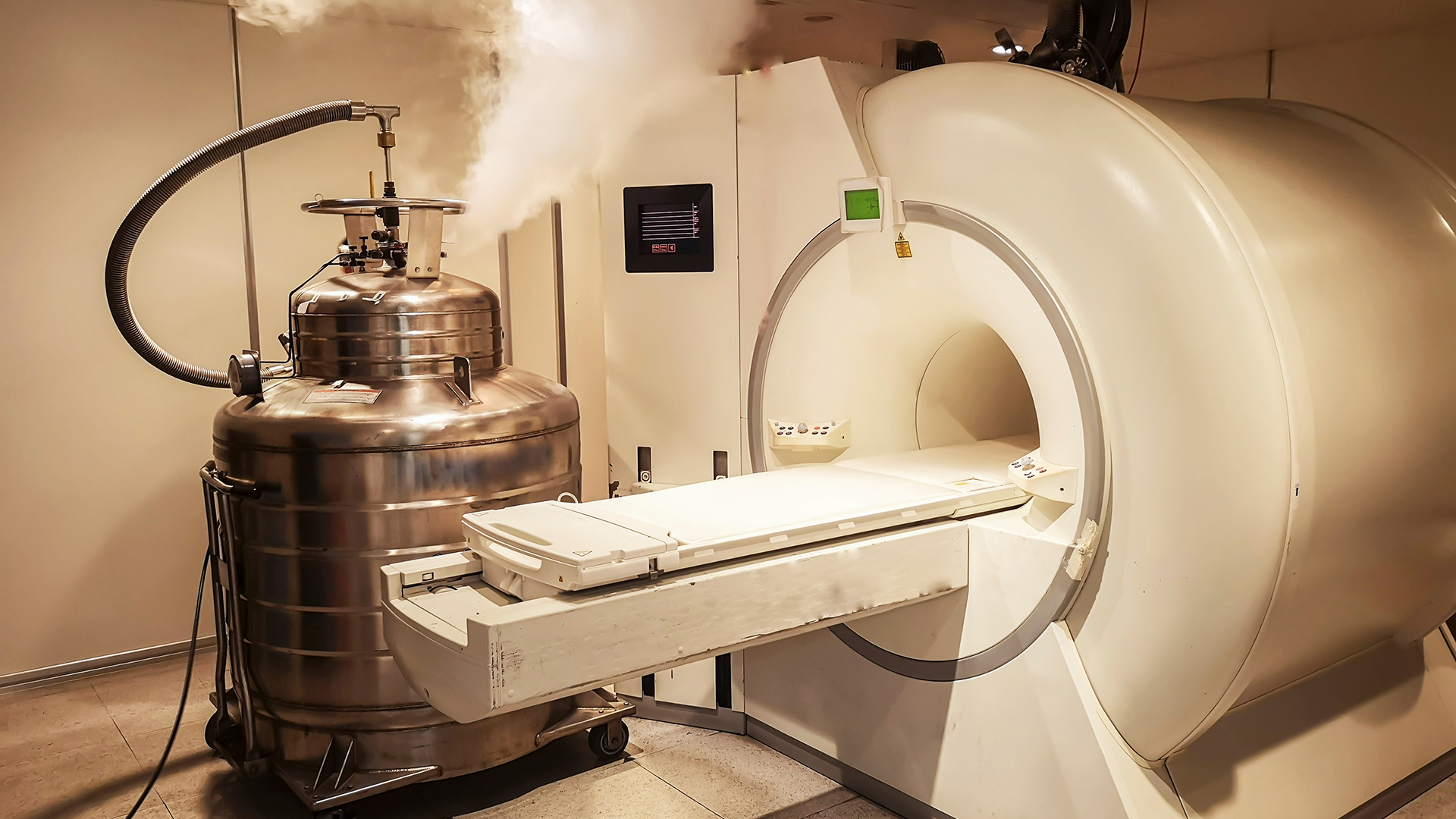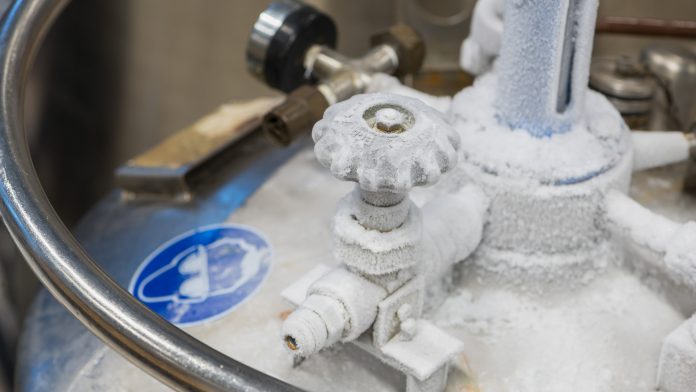Innovation News Network investigates the extensive benefits and applications of liquid helium ballast refrigeration.
The exploration of ultra-cold environments has long been a scientific endeavour with profound implications for various fields, ranging from fundamental physics to medical imaging.
Pursuing these extremely low temperatures is not merely an academic curiosity but a prerequisite for the operation and understanding of numerous technological and scientific phenomena.
This quest often leads to using exotic cooling techniques, such as liquid helium ballast refrigeration, that harness the unique properties of certain elements to achieve unprecedented thermal conditions.

Helium plays a crucial role in its liquified form due to its remarkable thermodynamic characteristics. As one dives into very low temperatures—only a few degrees above absolute zero—helium remains in its liquid phase, unlike most other substances, which become solid.
Furthermore, it exhibits superfluidity—a quantum mechanical state devoid of viscosity—and can provide efficient cooling across small temperature gradients despite its minimal heat capacity.
These extraordinary attributes make liquid helium an invaluable resource in ballast refrigeration systems designed for ultra-cold environments.
The importance of ultra-cold environments
The indispensable role of ultra-cold environments, particularly in facilitating ground-breaking scientific research and technological advancements, underscores a profound connection between the infinitesimally small quantum realm and the vast expanses of our Universe.
These environments are primarily generated using liquid helium ballast refrigeration systems, which provide temperatures near absolute zero necessary for cryogenic preservation, superconductivity research and quantum computing.

For instance, cryogenic preservation leverages these intense cold conditions to suspend living cells and tissues, paving the way for revolutionary medical and biological explorations.
In relation to space exploration, ultra-cold environments play a pivotal role in understanding cosmic phenomena such as dark matter or exoplanets’ atmospheres.
The ability to reproduce these extremely cold conditions on Earth provides scientists with an invaluable tool for testing theories about unknown aspects of our Universe.
Meanwhile, in superconductivity research, where materials exhibit zero electrical resistance at extremely low temperatures, ultra-cold environments facilitate these investigations by creating ideal conditions for observing this phenomenon.
On a more terrestrial level, the food processing industry benefits significantly from cold chain logistics powered by advanced refrigeration technologies that create controlled ultra-cold environments.
This is crucial in maintaining optimum freshness from production through transportation to retail locations.
Quantum computing also relies heavily on these frigid scenarios since quantum bits—or qubits—require an environment close to absolute zero to function optimally and prevent interference from thermal energy.
Thus while not overtly apparent, the importance of ultra-cold environments permeates various facets of life—from unlocking secrets of the cosmos down to ensuring high-quality goods reach consumers across the globe.
The unique properties of helium
Despite being one of the most abundant elements in the Universe, there is currently a shortage of helium on Earth due to its light nature, which allows it to escape into space.
Exceptional properties of this noble gas, such as its low boiling point and high thermal conductivity, make it an invaluable resource in various scientific and technological applications, such as in electric vehicles (EVs).
The unique characteristic of helium that sets it apart from other elements is primarily its ability to remain liquid at extremely low temperatures. This property finds significant usage in cryogenics.
Helium obeys the gas laws perfectly at normal temperatures but shows quantum behaviour at very low temperatures.
Superfluidity phenomena are another intriguing property exhibited by helium when cooled below 2.17 degrees Kelvin (lambda point), where it can flow without friction or viscosity.
Besides cryogenic uses, helium’s high thermal conductivity makes it ideal for cooling electronic systems and superconducting magnets.
As per quantum mechanics principles, under ultra-cold conditions, particles like atoms and molecules start behaving differently than they do under standard conditions.
This change gives rise to new states of matter, such as Bose-Einstein condensate, where individual atoms overlap, forming a single entity that behaves as a whole rather than separate particles.
Thus the quantum behaviour observed in helium provides valuable insights into understanding complex physical phenomena associated with ultra-cold environments.
Understanding ballast cooling systems
Understanding the intricacies of cooling systems that employ a ballast mechanism can provide significant insights into efficient heat management in various scientific and industrial applications.
A pivotal element in these systems is the ballast design, which is essential in determining refrigeration efficiency.
The design encompasses both structural and functional aspects, including the size, material composition, and operational parameters of the ballast.
As such, it contributes to optimising cooling mechanisms by facilitating controlled distribution of coolant – in this case, liquid helium – throughout the system.
Refrigeration efficiency in helium ballast cooling systems relates directly to system maintenance practices as well as advancements in technology.
Regular upkeep ensures optimal performance by reducing potential faults or leaks that might disrupt the flow or pressure of liquid helium within these intricate setups.
Meanwhile, technological advancements have introduced innovations like high-performance materials and control algorithms that further enhance refrigeration efficiency.
These improvements not only bolster system performance but also promote longevity by mitigating wear and tear on crucial components.
Applications in physics and medical imaging
Liquid helium ballast refrigeration is a highly efficient cooling system with a wide range of applications, including quantum physics and medical imaging.
Quantum physics applications often require cryogenic techniques to cool down various elements for experimentation purposes.
These experiments often focus on understanding the fundamental nature of matter, which requires ultra-low temperatures to minimise thermal fluctuations.
Additionally, advancements in medical imaging, such as MRI scanners, heavily rely on liquid helium for their operation.

The superconducting magnets used in these scanners need to be cooled to very low temperatures, near absolute zero, where helium’s unique properties come into play.
The scarcity of helium presents significant challenges due to its critical role in various high-tech applications.
However, with improvements in refrigeration efficiency through liquid helium ballast refrigeration systems, it is possible to reduce the overall consumption of this precious resource without compromising performance.
This technology utilises a compressor and heat exchanger system that allows for more effective recycling and recovery of evaporated helium gas, thereby improving overall utilisation efficiency.
Environmental impact considerations also come into play when discussing advanced cooling systems like liquid helium ballast refrigeration.
Conventional cooling methods may release harmful gases or contribute significantly towards energy wastage, both contributing negatively towards environmental sustainability efforts.
However, liquid helium ballast refrigeration systems are more efficient and have minimal environmental impacts, making them an ideal solution, especially considering global calls towards reducing carbon emissions whilst maintaining operational effectiveness across multiple industries, including physics research labs and hospitals conducting diagnostic procedures.
The future outlook for liquid helium ballast refrigeration
With the introduction of liquid helium ballast refrigeration, strides have been made towards achieving superconductive states at higher temperatures.
However, helium shortage impacts are a significant concern that must be addressed to ensure sustainable development in this field. Leading initiatives, such as the Topaz and Tunu projects of Pulsar Helium, are poised to end these helium supply chain issues.
Addressing these challenges necessitates strategic planning and investment into research on alternative coolants, improved system designs for enhanced energy efficiency, as well as exploring new areas like magnetocaloric effects for efficient cooling processes.
Moreover, the process of miniaturisation presents another opportunity for innovation within this realm; smaller refrigeration systems could enable broader applications across various industries, such as healthcare, aerospace engineering or information technology, while simultaneously reducing material demands.
A continued focus on overcoming these hurdles will pave the way for revolutionary progress in fields like quantum computing, where maintaining superconductivity at manageable temperatures is crucial.
Despite uncertainties surrounding resource availability and technological constraints, liquid helium ballast refrigeration remains a promising avenue to explore due to its potentially transformative effect on multiple sectors of technology.









